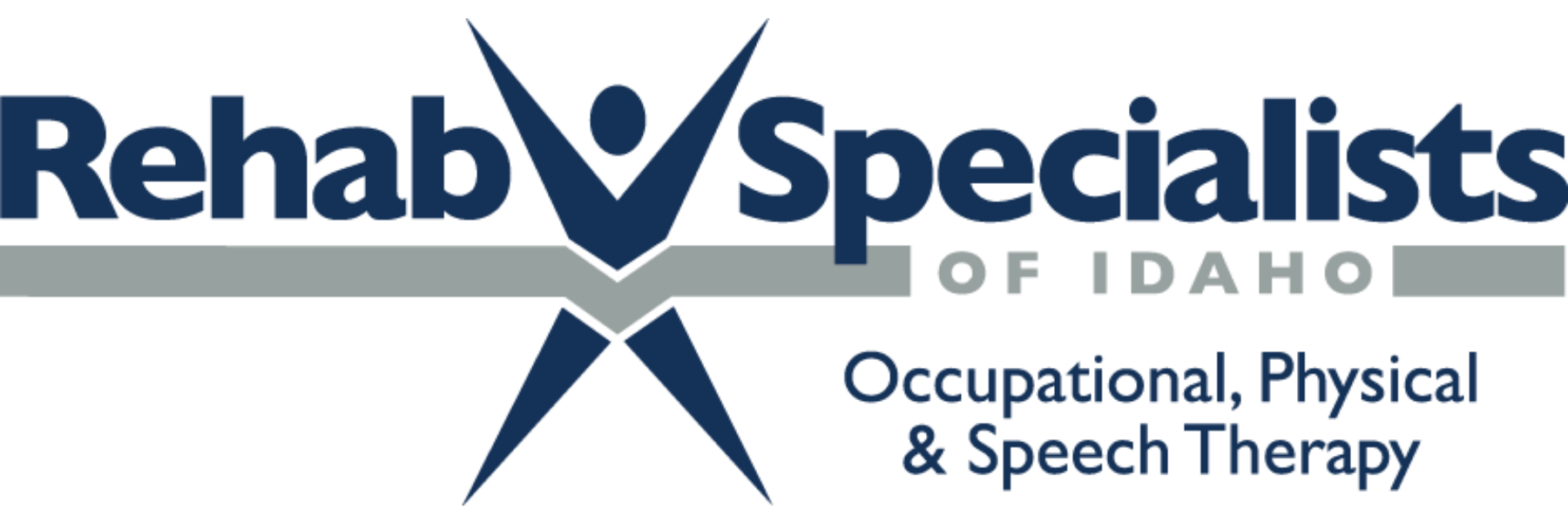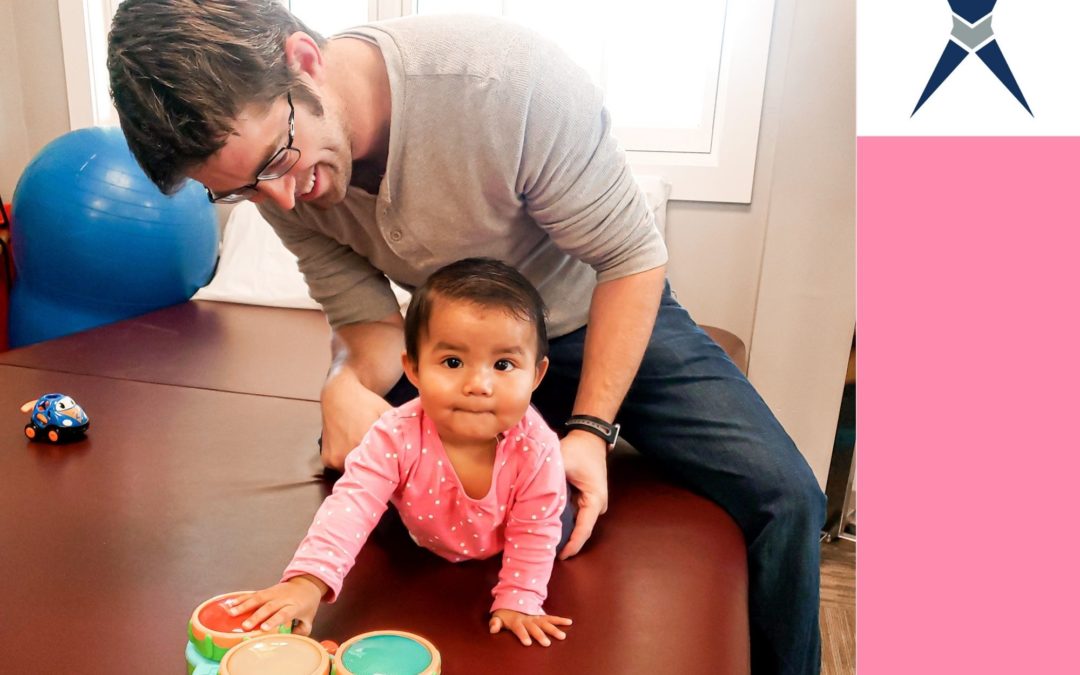The first form of independent movement and how to know if your baby is on the right track.
Text excerpt from The Early Learning Institute
How do I know if my child is developing the proper skills to begin to crawl?
While it may seem simple, crawling is a very complex movement that requires a great deal of coordination. While every child is different, most children will begin to crawl between 7 and 10 months. The coordination of muscles to move one side of the body, both arms and legs, alternating with the other side takes some time to learn. Some of the abilities to look for include:
- Move to a sitting position
- Transfer from a sitting position to all fours
- Rocking back and forth while on all fours
- Propping up on forearms when on their tummy
- Gradually reaching with one hand for a toy while on all fours and maintaining balance
- Rotate their trunk over the hips so that they are able to cross over the body’s midline.
- Pushing up on extended arms with legs out behind them and pivoting to get a toy placed to the side of them.
Why is crawling so important?
Crawling is the foundation for many physical movement and ultimately the literal “first step” to walking. There are a number of benefits that your child will realize from crawling such as:
- Core strength
- Hand Strength
- Balance
- Body awareness
- Coordination both muscular as well as hand eye
- Other movements including walking, skipping, climbing and running.
How can I help my child learn to crawl?
While children often decide when they are ready to crawl, there are ways to entice your child to begin their journey. Getting down on the floor with them is a great way to initiate some of the following activities:
- Often children may need an incentive to begin to crawl such as placing a toy out of reach just enough that they must move to get it.
- Help them get into hands and knees and sing or hum a song and guide their hips to rock back and forth over their arms to the beat of the song.
- Spending time on their tummy as they play with you and roll to explore their environment.
- When in a sitting position, help them rotate their trunk to build their core and back muscles.
- Build an obstacle course of pillows and tunnels with toys hidden within for them to retrieve.
- Begin to crawl yourself and encourage your child to follow.
Early intervention saves YEARS of struggles!
If you are concerned about your baby’s progress, and are unsure if your baby needs physical therapy, check with your pediatrician or schedule a free screening with one of our incredible pediatric physical therapists. Click here to read our ‘How to Know if Pediatric Physical Therapy is Needed’ blog post.

